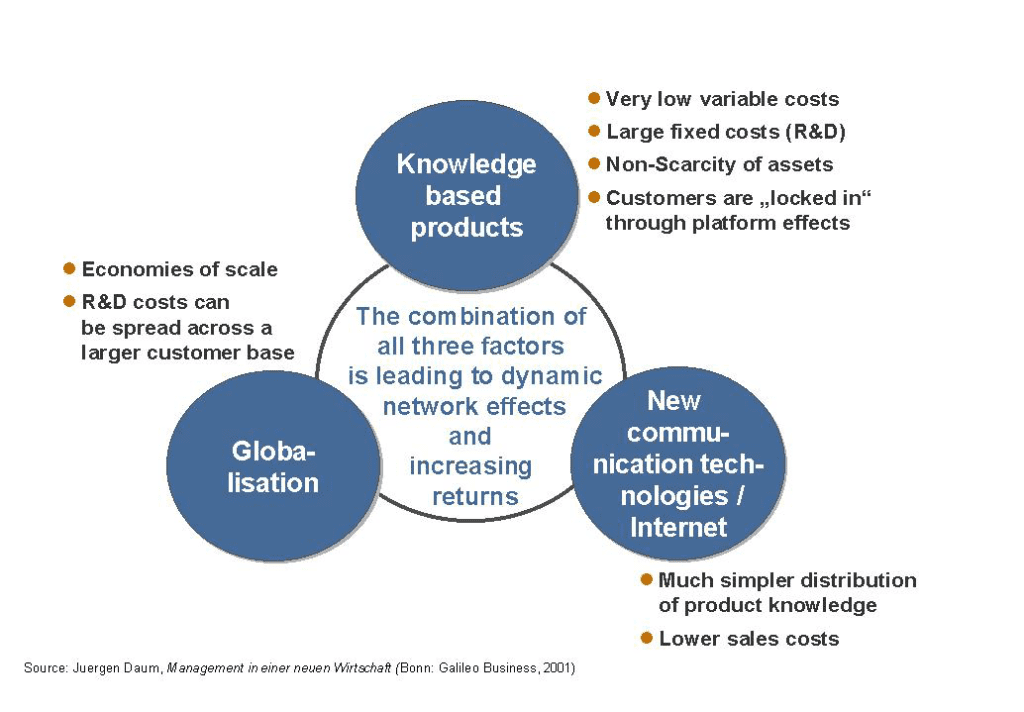Introduction to Management of IPR
Introduction
With increasing importance of intangible assets and intellectual property for companies, national economies and in international trade relations, management of intangible assets and intellectual property rights becomes a priority task for managers and decision makers at companies, R&D organizations, the academia and national policy makers. In such context it is very important to be able to identify, value and manage intangible assets effectively.
PART 1
What gives a business or a country its competitive advantage?
Is it
- the technical superiority or innovation or quality of products or services?
- the efficient manufacturing or business operations developed and used?
- the training and education system?
- or simply marketing of products or brands?
Are the things that make your business profitable protected?
These are questions that any business owner or manager should ask and give a frank and honest answer if he believes that his enterprise or company is part of the innovative business undertakings.
INTANGIBLE AND INTELLECTUAL PROPERTY ASSETS IN THE MODERN ECONOMY
Over the last 30 years the source of value shifted from tangible to intangible value. Today the main value drivers are intangible assets
- such as human capital,
- relationships with business partners and R&D institutions, and
- a company’s capabilities to innovate and launch innovative products
and not any more financial capital and tangible assets (such as property, equipment, materials, etc.)
If an organization or company is able to use the full potential of its intangible assets wealth creation will develop at an unseen speed and level.
If the IP assets are neglected, if management does not understand the new logic, the power of the new value lever “intangible assets” will be the same but in the opposite direction: value will be destroyed at a before unseen speed and level.
Intangible Assets – Challenges to Management
The basic principles of management of all kind of assets can be summarized as follows:
- Identify the assets,
- Assess the value and importance of the assets for company or business,
- Protect the assets, and
- Use the assets to create value and
gain competitive advantage.
Responsible managers have a duty to ensure that the assets for which they are responsible are properly and well managed.
Intellectual Property is a type of intangible asset that can be created or acquired by any business.
Unlike tangible assets, such as premises, equipment, commodities and products, IP assets are not physical in nature and are inherently invisible.
Over the last 200 and more years, tangible assets have been vigorously identified, valued, protected and always reported in the balance sheet.
In general, even today, intangible assets are rarely considered to be part of a company’s balance sheet.
Like tangible assets, intangible assets must be systematically identified, protected and maintained to maximize their intrinsic value and strategic advantage, and minimize the risks of third-party abuse or inadvertent loss.
Until the end of the ‘90s of last centuries, the companies included the leading industrial indexes – Dow Jones, S&P 500, etc. were companies with huge tangible assets (property, equipment, natural resources, etc.).
Over the last 20 years this changed dramatically and today you will find in the top part of the industrial indexes companies, where intangibles constitute over 90% of the assets.
Types of Intangible Assets
- Intellectual Property
- Intellectual Capital
- Goodwill
- Intellectual Property
- Patents for inventions and utility models
- Trade marks (distinctive signs, including domain, company and business names)
- Copyright
- Software (including databases, digital libraries, etc.)
- Confidential information (trade secrets)
- Industrial Designs
- Layout of integrated circuits
- Plant breeders’ rights
- Geographical indications (and Appellations of Origin)
- Intellectual Capital
- Human capital
- Enterprise knowledge
- Enterprise innovation
- Enterprise relationships (including contractual rights, licenses, permits, franchises, distribution rights, non-compete covenants)
- Business methods and models
- Training schemes
- Quality control systems
- Customer and suppliers lists and networks
This list is not exhaustive and can be extended
- Goodwill
- An intangible but salable asset, such as reputation
or location of a business, that engenders the expectation
of continued customer or client patronage
if the business is sold to a potential buyer.
(see www.smallbusinessdictionary.com)
- An intangible but salable asset, such as reputation
A very substantive difference between tangible and intangible assets explains why the later are by far more productive, if properly managed.
Tangible assets, or physical property, such as equipment, premises, goods and products can be used only by one person at a time and at one place. At the same time intangible assets, such as music recordings, software, inventions, know-how, proprietary information, etc. can be used simultaneously by many persons and in different places.
WHY INTELLECTUAL AND INTANGIBLE ASSETS ARE IMPORTANT
Although today nobody challenges the importance of intangibles, intellectual and intangible assets continue to be the most undervalued group of assets of the majority of companies and organizations.
All companies, small and large, who every day are facing various problems and resolving them, are advised regularly to review the existence of innovative solutions, assess the presence or not of IPR elements and decide on actions to document and to protect such potential IPRs.
The reasons for identification and valuation of such intangible assets comprise the following:
- need to maximize return from all assets, not just tangible assets.
- expanded global marketing and global use of intellectual property such as patents, trademarks, software, copyrights, etc.
- increasingly competitive business environment.
- increased product parity: parity in quality, appearance or function, so that an intangible asset may be able to differentiate a product.
- licensing and leveraging of intangibles is increasingly seen as a strategy to build value.
- growing awareness that protection of these increasingly valuable assets is critically important.



